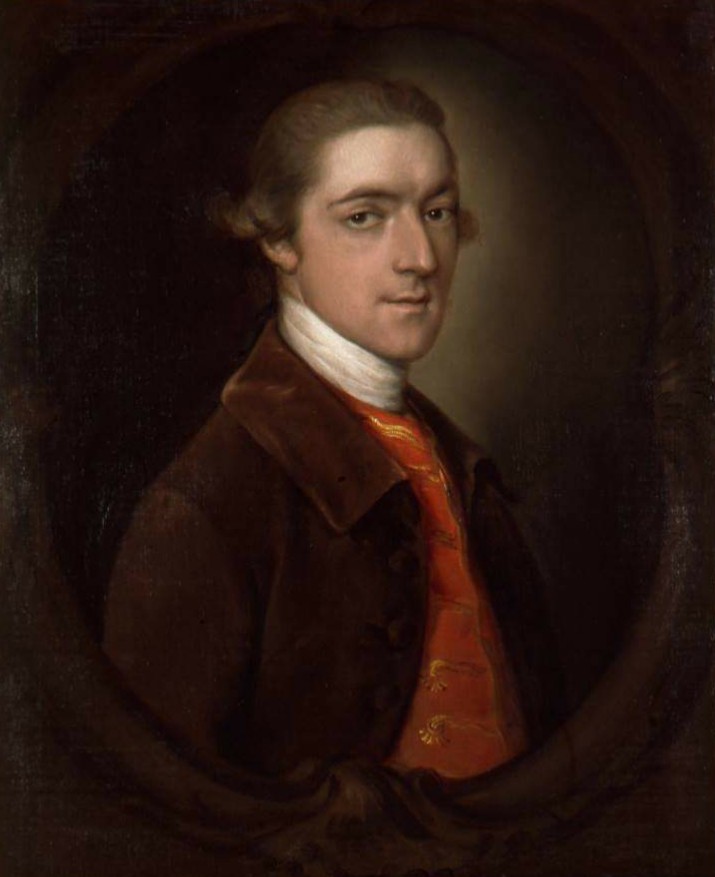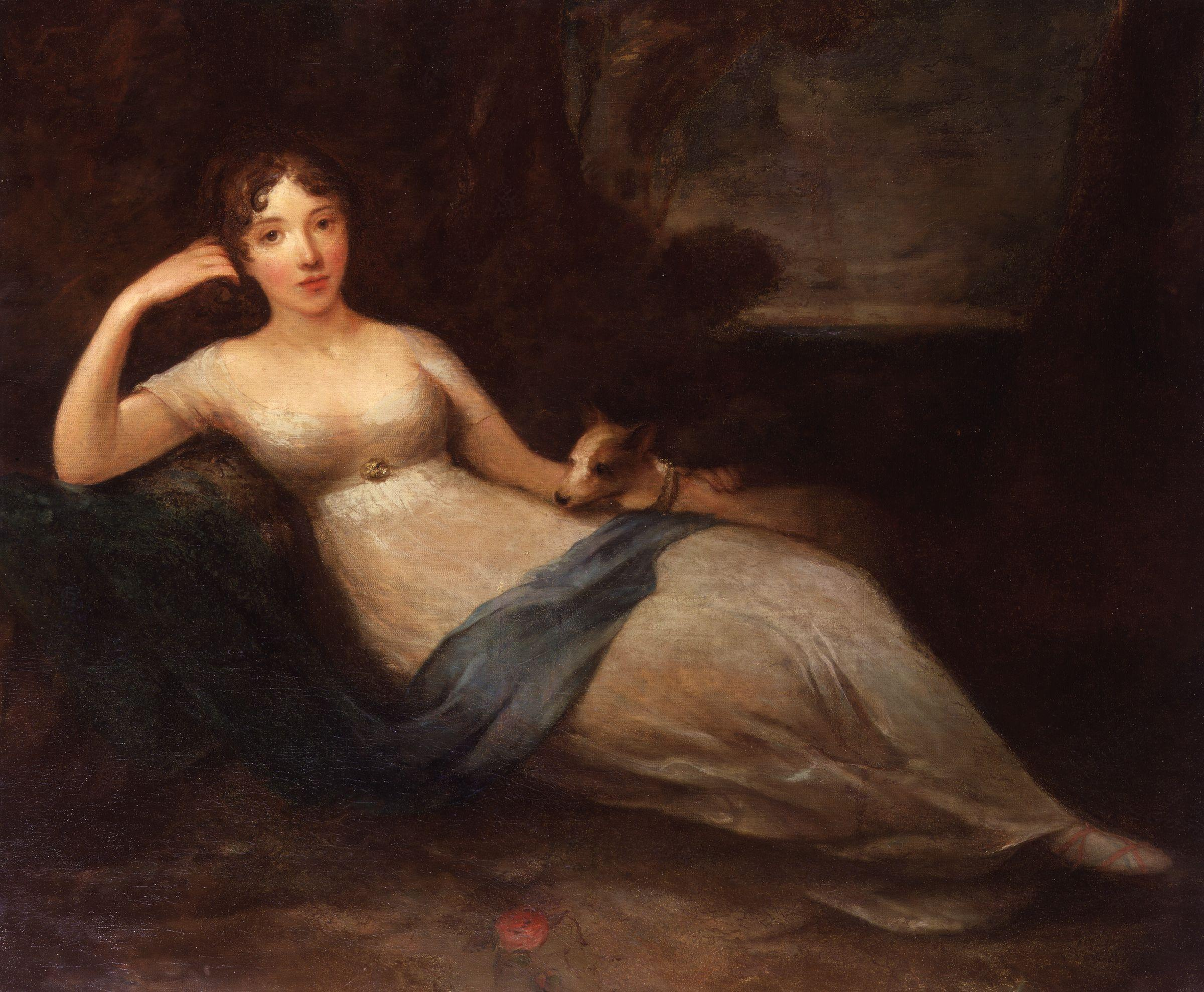|
Margaret Georgiana Poyntz
Margaret Georgiana Spencer, Countess Spencer (''née'' Poyntz; 8 May 1737 – 18 March 1814), was an English philanthropist. She was born at St James's Palace as the daughter of a diplomat and a maid of honour to Caroline of Ansbach. In 1754, she married John Spencer, one of the wealthiest men of the era. A love match, the marriage resulted in the births of three surviving children, who included Georgiana Cavendish, Duchess of Devonshire. The Spencers became earl and countess in 1765, a reward granted by the Duke of Newcastle for John's political loyalty to the Whig party. Lady Spencer was a noted philanthropist, and was in communication with a large network of charitable organisations. Her correspondence with a friend represents the largest private collection of letters in the British Library. Lord and Lady Spencer were generous patrons, and frequently hosted plays and concerts at their London estate, Spencer House, which they built in 1764. Early life Margaret Georgiana ... [...More Info...] [...Related Items...] OR: [Wikipedia] [Google] [Baidu] |
The Right Honourable
''The Right Honourable'' ( abbreviation: ''Rt Hon.'' or variations) is an honorific style traditionally applied to certain persons and collective bodies in the United Kingdom, the former British Empire and the Commonwealth of Nations. The term is predominantly used today as a style associated with the holding of certain senior public offices in the United Kingdom, Canada, New Zealand, and to a lesser extent, Australia. ''Right'' in this context is an adverb meaning 'very' or 'fully'. Grammatically, ''The Right Honourable'' is an adjectival phrase which gives information about a person. As such, it is not considered correct to apply it in direct address, nor to use it on its own as a title in place of a name; but rather it is used in the third person along with a name or noun to be modified. ''Right'' may be abbreviated to ''Rt'', and ''Honourable'' to ''Hon.'', or both. ''The'' is sometimes dropped in written abbreviated form, but is always pronounced. Countries with common or ... [...More Info...] [...Related Items...] OR: [Wikipedia] [Google] [Baidu] |
Spencer House, London
Spencer House is a historic mansion located at 27 St James's Place in the St James's area of London, England. The house is Grade I listed on the National Heritage List for England. Early history The house was commissioned in 1756 by John Spencer (who later became the first Earl Spencer), as he required a large townhouse in London to augment his position and status. The architect he chose was John Vardy, who had studied under William Kent. Vardy is responsible for the facades of the mansion that we see today. In 1758, James "Athenian" Stuart, who had studied the arcadian values of Ancient Greek architecture, replaced Vardy as the architect of the project. As a direct result of this, Spencer House was to have authentic Greek details in the internal decoration, and thus it became one of the first examples in London of the neoclassical style, which was to sweep the country. As the home of successive Earls and Countesses Spencer, the staterooms of the house became a theatre ... [...More Info...] [...Related Items...] OR: [Wikipedia] [Google] [Baidu] |
Lady Caroline Lamb
Lady Caroline Lamb (née Ponsonby; 13 November 1785 – 25 January 1828) was an Anglo-Irish aristocrat and novelist, best known for ''Glenarvon'', a Gothic novel. In 1812 she had an affair with Lord Byron, whom she described as "mad, bad, and dangerous to know". Her husband was The Hon. William Lamb, who after her death became British prime minister. Family background She was the only daughter of Frederick Ponsonby, 3rd Earl of Bessborough, an Anglo-Irish peer, and Henrietta, Countess of Bessborough. She was known as the Honourable Caroline Ponsonby until her father succeeded to the earldom in 1793. While her brother, Frederick Cavendish Ponsonby, was severely injured in the Battle of Waterloo, in the days after the battle she had an affair with the Duke of Wellington. She was related to other leading society ladies, being the niece of Georgiana Cavendish, Duchess of Devonshire, and cousin (by marriage) of Annabella, Lady Byron. She was related to Sarah Ponsonby, one half o ... [...More Info...] [...Related Items...] OR: [Wikipedia] [Google] [Baidu] |
Angelica Kauffmann, Portrait Of Lady Georgiana, Lady Henrietta Frances And George John Spencer, Viscount Althorp (1774)
''Angelica'' is a genus of about 60 species of tall biennial and perennial herbs in the family Apiaceae, native to temperate and subarctic regions of the Northern Hemisphere, reaching as far north as Iceland, Lapland, and Greenland. They grow to tall, with large bipinnate leaves and large compound umbels of white or greenish-white flowers. Found mainly in China, its main use was for medicine. It shows variations in fruit anatomy, leaf morphology, and subterranean structures. The genes are extremely polymorphic. Some species can be found in purple moor and rush pastures. Characteristics ''Angelica'' species grow to tall, with large bipinnate leaves and large compound umbels of white or greenish-white flowers. Their large, sparkling, starburst flowers are pollinated by a great variety of insects (the generalist pollination syndrome), the floral scents are species-specific, and even specific to particular subspecies. The active ingredients of angelica are found in the ro ... [...More Info...] [...Related Items...] OR: [Wikipedia] [Google] [Baidu] |
Jonas Hanway
Jonas Hanway (12 August 1712 – 5 September 1786), was a British philanthropist and Explorer, traveller. He was the first male Londoner to carry an umbrella and was a noted opponent of tea drinking. Life Hanway was born in Portsmouth, on the south coast of England. Whilst still a child, his father, who had been a victualler, died, and the family subsequently moved to London. In 1729, Jonas was apprenticed to a merchant in Lisbon. In 1743, after he had been in business for himself for some time in London, he became a partner with Mr Dingley, a merchant in St Petersburg, and in this way was led to travel in Russia and Persia. Leaving St Petersburg on 10 September 1743, and passing south by Moscow, Tsaritsyn and Astrakhan, he embarked on the Caspian Sea on 22 November and arrived at Astrabad on 18 December. Here his goods were seized by Mohammed Hassan Beg, and it was only after great privations that he reached the camp of Nadir Shah, under whose protection he recovered most (85%) ... [...More Info...] [...Related Items...] OR: [Wikipedia] [Google] [Baidu] |
House Of Commons Of Great Britain
The House of Commons of Great Britain was the lower house of the Parliament of Great Britain between 1707 and 1801. In 1707, as a result of the Acts of Union of that year, it replaced the House of Commons of England and the third estate of the Parliament of Scotland, as one of the most significant changes brought about by the Union of the kingdoms of England and Scotland into the Kingdom of Great Britain. In the course of the 18th century, the office of Prime Minister developed. The notion that a government remains in power only as long as it retains the support of Parliament also evolved, leading to the first ever motion of no confidence, when Lord North's government failed to end the American Revolution. The modern notion that only the support of the House of Commons is necessary for a government to survive, however, was of later development. Similarly, the custom that the Prime Minister is always a Member of the Lower House, rather than the Upper one, did not evolve until ... [...More Info...] [...Related Items...] OR: [Wikipedia] [Google] [Baidu] |

_(cropped).jpg)

